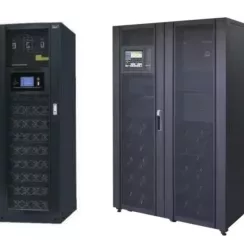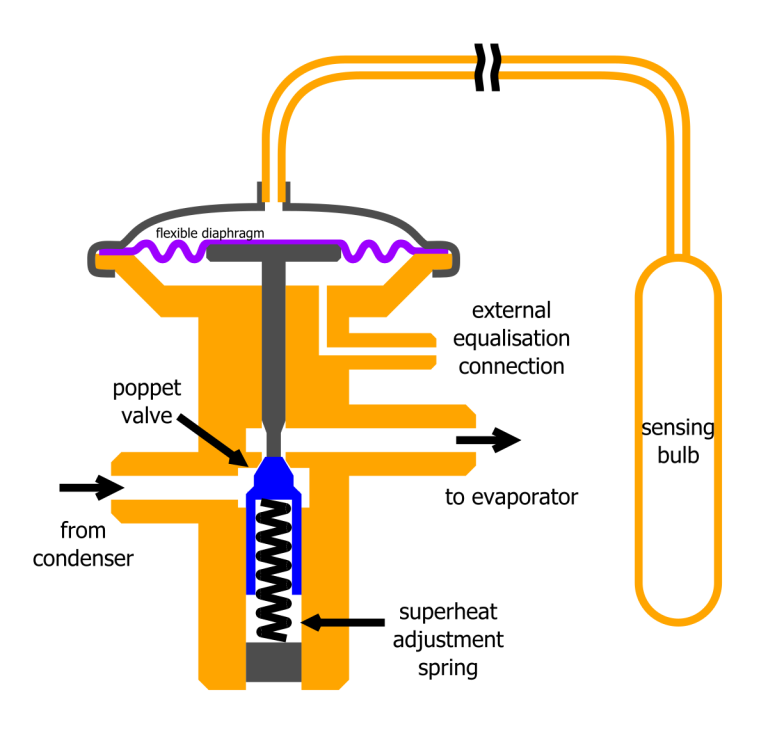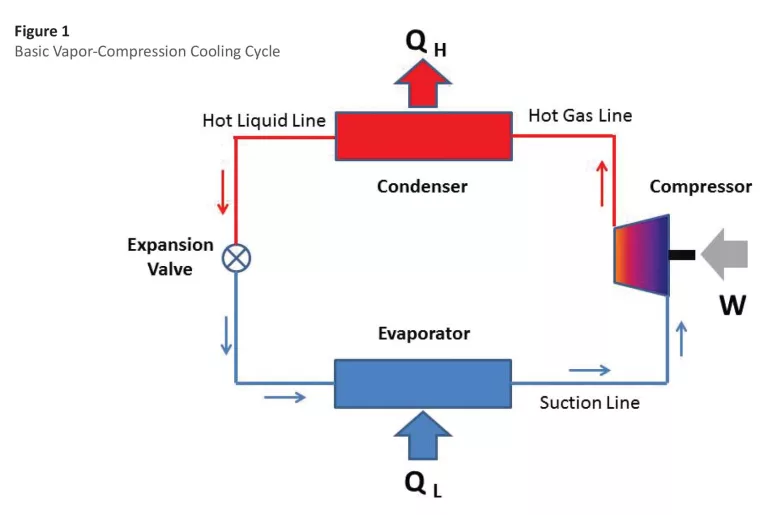
Refrigerants, also known as refrigerants, are a critical component in refrigeration systems. They circulate, absorbing and releasing heat to achieve the cooling effect. Refrigerant may also be called “Coolant” “Cooling Medium” or “Cryogen”.
Let’s delve into some common refrigerants and their primary applications.
**Refrigerants: A Comparative Analysis of R410a, R134a, R407C, and R22**
Currently, commonly used refrigerant models include R410a, R134a, R407C, and R22. R134a is a single-component refrigerant, while R407C and R410a are mixed refrigerants. Specifically, R410a is a mixture of R32 and R125, while R407C is a combination of R32, R125, and R134a.
The advantage of mixed refrigerants lies in the ability to tailor a refrigerant according to specific requirements, considering properties such as flammability, capacity, exhaust temperature, and efficiency. The choice of refrigerant involves numerous factors, as any selection can significantly impact the overall operation, reliability, cost, and market acceptance of an air conditioning system.
Of particular interest is the variation in refrigerant transport performance due to differences in heat transfer and pressure drop among these common refrigerants. Let’s briefly explore the performance characteristics that differentiate these refrigerants.
**R134a:**
– Has a smaller capacity and lower pressure compared to R22.
– Requires a larger displacement compressor, larger evaporator, condenser, and piping for an air conditioning system of the same capacity as an R22 system.
– Results in higher manufacturing and operational costs for a system with the same cooling capacity as an R22 system.
**R407C:**
– Capacity and pressure are relatively close to R22.
– Simple system design adjustments can make an original R22 system compatible with R407C.
– However, the system efficiency may decrease by approximately 5% due to a temperature drift of up to 6 degrees, impacting heat transfer and overall efficiency.
**R410a:**
– Has higher capacity and pressure compared to R22, with operating pressures 50%-60% higher.
– Allows the use of a smaller displacement compressor and smaller diameter pipes and valves.
– The use of high-pressure discharge valves eliminates risks associated with high condensation pressure.
– The thicker compressor shell enables the system to withstand higher operating pressures.
– Additionally, the thicker compressor shell contributes to lower operating noise, with R410a compressors being noticeably 2-4 decibels quieter than R22 compressors.
HFC Series Refrigerants:
- R134a (Tetrafluoroethane):
– Main Uses: Widely used as a replacement for R12, especially in automotive air conditioning and refrigerator cooling.
- R410A:
– Main Uses: Replaces R22 and R502, extensively utilized in residential and small commercial air conditioning systems.
- R407C:
– Main Uses: Substitute for R22, commonly employed in residential and medium-sized central air conditioning.
- R417A:
– Main Uses: Replaces R22, suitable for heat pumps and air conditioning systems.
- R404A:
– Main Uses: Replaces R22 and R502, frequently used in medium and low-temperature refrigeration systems.
- R507:
– Main Uses: Substitute for R22 and R502, widely employed in medium and low-temperature refrigeration systems.
- R23 (Trifluoromethane):
– Main Uses: Environmentally friendly refrigerant, applicable in low-temperature refrigeration.
- R508A and R508B:
– Main Uses: Used in ultra-low temperature refrigeration systems, such as medical and research refrigeration.
- R152a (Difluoroethane):
– Main Uses: Refrigerant, foaming agent, aerosol propellant, and cleaning agent.
HCFC Series Refrigerants:
- R22 (Hydrochlorofluorocarbon):
– Main Uses: Widely used in residential and central air conditioning.
- R123 (Dichlorotrifluoroethane):
– Main Uses: Substitute for R11 and R113, used as a cleaning agent and foaming agent.
- R124 (Chlorotetrafluoroethane):
– Main Uses: Refrigerant and fire extinguishing agent.
- R141b (Dichlorofluoroethane):
– Main Uses: Foaming agent for rigid polyurethane foam and cleaning agent.
- R142b (Chlorodifluoroethane):
– Main Uses: Refrigeration systems in high-temperature environments and chemical raw materials.
- R402A, R402B, and R408A:
– Main Uses: Substitute for R502, suitable for commercial refrigeration equipment.
- R409A:
– Main Uses: Replacement for R12 in refrigeration systems.
Sales: Mia





